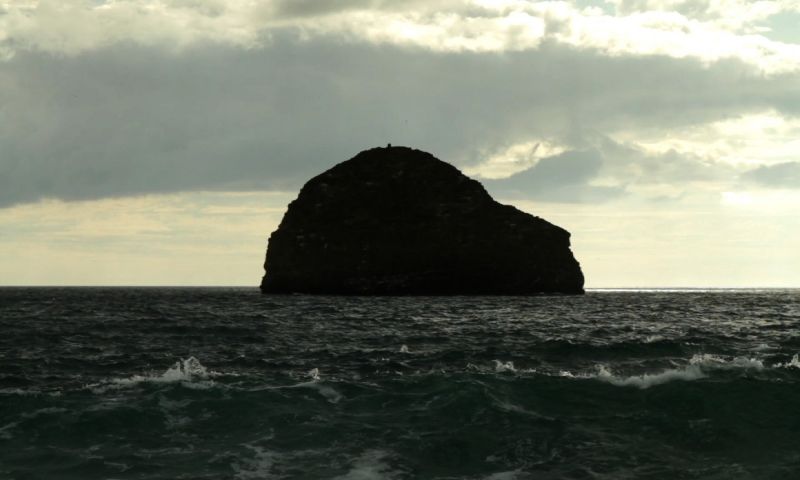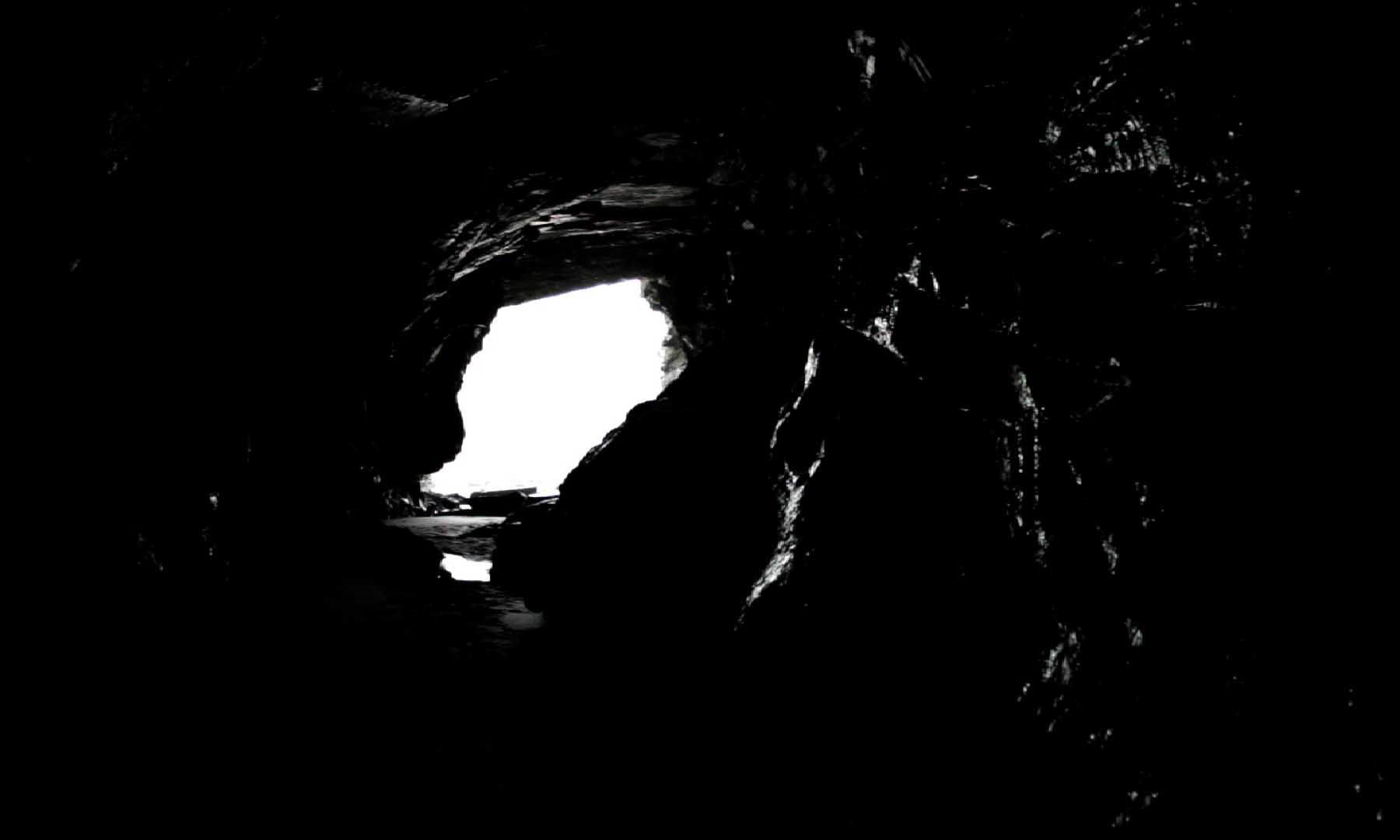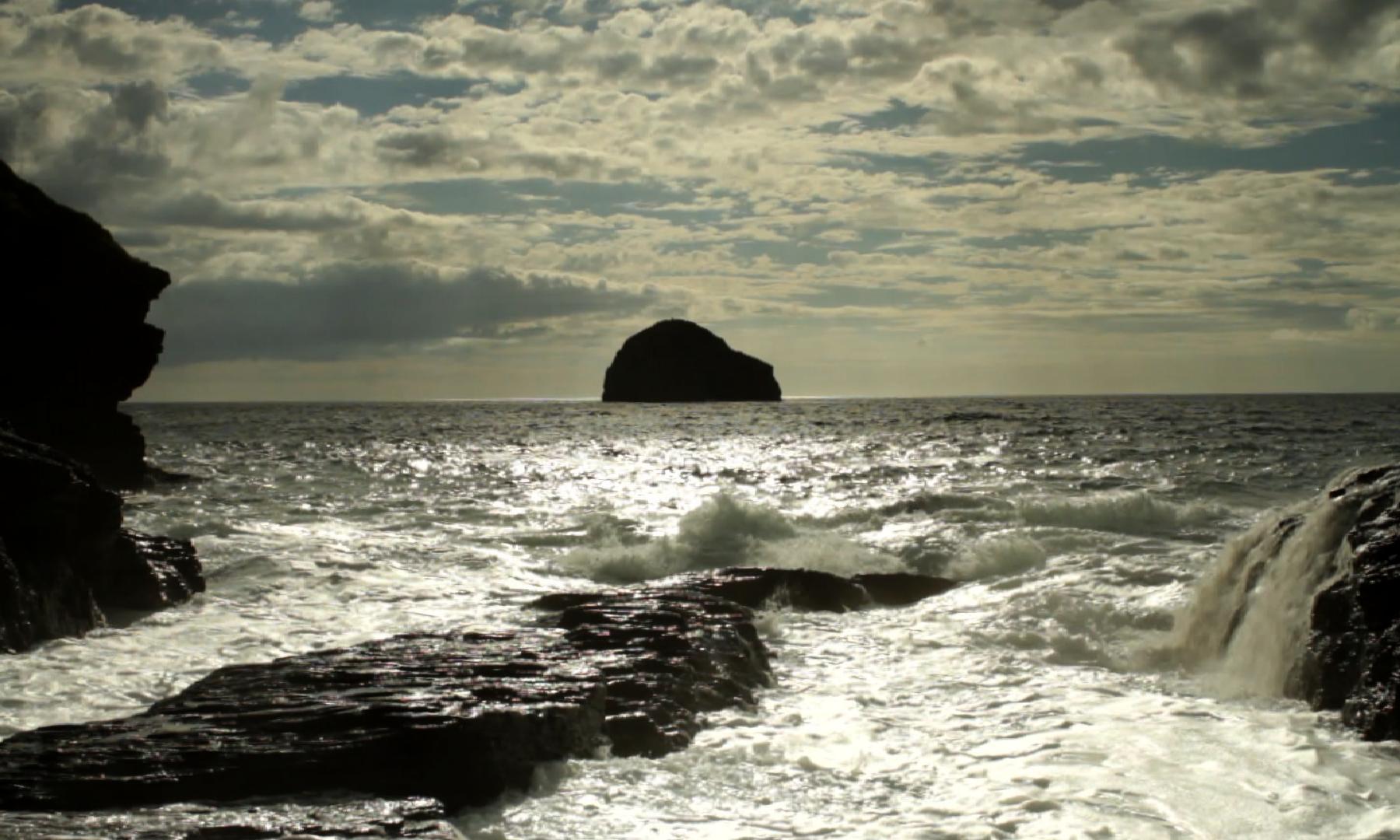The Otolith Group’s Hydra Decapita takes the influential Detroit techno duo Drexciya’s mythos of aquatic mutation as the starting point for its elegy on the afterlife of Atlantic enslavement in Britain. In Hydra Decapita, Kodwo Eshun and Anjalika Sagar’s focus on the motion of light on water redirects the sonic fiction produced by Drexciya’s James Stimson and Gerald Donald towards an occult meditation on the spectres of race that animate Ruskin’s writings on Turner’s treatment of water. Hydra Decapita can be understood as a séance on capitalism and slavery conducted through an art of darkness, blackness, saturation and benightedness.
From 1993 until 2002, the Detroit based electronic musicians James Stimson and Gerald Donald of Drexciya produced eleven singles and four albums that mapped the sites, the sounds and the energy zones of Drexciya: the subaquatic mythscape peopled by Drexciyans descended from pregnant African women forcibly drowned during the Middle Passage.
Hydra Decapita’s focus upon the motion of light on water and its recitation of Ruskin’s description of Turner’s Slavers throwing overboard the dead and dying Typhon coming on or The Slave Ship in Volume 1 of Modern Painters turned Drexciya’s politicised sonic fiction towards the irreparable evil of slavery that enabled Britain’s cycles of racial capitalist accumulation.
The Slave Ship was inspired by Turner’s reading of Thomas Clarkson’s historical account of the case of the Zong slave ship reprinted in 1839.
In November 1781, the Zong crew made a serious navigational error in the Caribbean Sea and found themselves ten to fourteen days from Jamaica with drinking water for only four days. According to British marine insurance, the massacre of enslaved West African women, men and children would be more profitable than death from so-called ‘natural causes’ for the Liverpool based Gregson cartel that owned the Zong. Captain James Collingwood therefore ordered the crew to ‘jettison’ 132 handcuffed and manacled enslaved Africans into the Caribbean Sea from 29th November to 1st December.
In the ensuing case of Gregson v Gilbert brought by the Gregson slave cartel against Gilbert insurance at the Guildhall in March 1783, a jury found Gilbert liable and ordered the underwriters to compensate the cartel for the loss of their murdered ‘cargo’. The British legal system, presided over by Lord Mansfield, the Lord Chief Justice, had declared the mass murder of enslaved people remunerable. In May 1783, the Lord Chief Justice and his two judges met at the Court of the Kings Bench in Westminster Hall to hear the case for a retrial. Despite agreeing on the necessity for a retrial, no evidence exists of any such occasion.
The verdict of March 1783 and the mass murder of 1781 fuelled the telling and the retelling of the case of the Zong by abolitionist essayists, pamphleteers, politicians, poets and painters throughout the 23 years that separated the verdict in Lord Mansfield’s courtroom from Parliament’s ineffectual decision to abolish the slave trade in Britain in 1806. To turn towards the events of the Zong in the 21st Century, is to revisit the paradigm of expropriation that sustained Britain’s ongoing racial capitalism. According to the National Archives, it is estimated that between 1640 and 1807, Britain transported 3.1 million Africans - of whom 2.7 million arrived - to the British colonies in the Caribbean, North and South America and to other countries.
This verdict and this crime efforts highlighted both the perversity of the British legal system that would remunerate murderers for their crimes and the guilt of the entire British nation for supporting slavery. Equiano and Sharp failed to bring the Zong murderers to justice, but their efforts highlighted both the perversity of the British legal system that would remunerate murderers for their crimes and the guilt of the entire British nation for supporting slavery.
31 mins - HD Video, Colour, Sound, Stereo.




